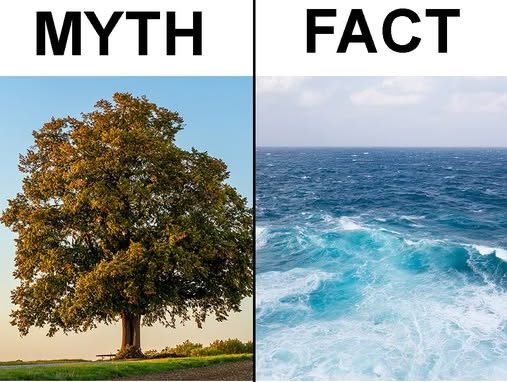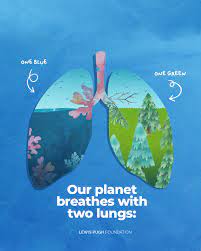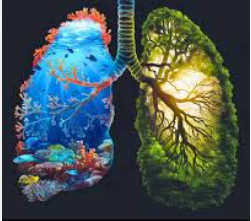The Ocean: Earth’s True Lungs

When we think about the “lungs of the Earth,” forests often come to mind. While trees and plants are vital, they actually produce only around 28 percent of the planet’s oxygen. The real heavy lifters are far smaller and far less visible: phytoplankton.
Phytoplankton are microscopic, sunlight-loving organisms that float near the ocean’s surface. Through photosynthesis, they generate more than half of the oxygen in the atmosphere, surpassing the combined output of all the world’s forests. These tiny organisms form the foundation of marine food chains while playing an essential role in regulating our planet’s climate and air quality.
Over millions of years, both terrestrial plants and ocean life have contributed to the oxygen reservoir that sustains all living creatures. Yet it is the ocean — vast, dynamic, and teeming with microscopic life — that serves as Earth’s primary breathing system. Every breath we take is, in part, thanks to these invisible marine powerhouses.
Recognizing the role of phytoplankton highlights the interconnectedness of life on Earth and the importance of preserving ocean ecosystems. Protecting the oceans is not just about marine life; it is about safeguarding the very air we breathe.











